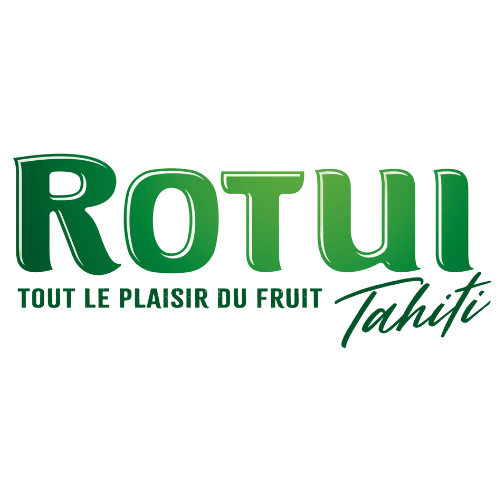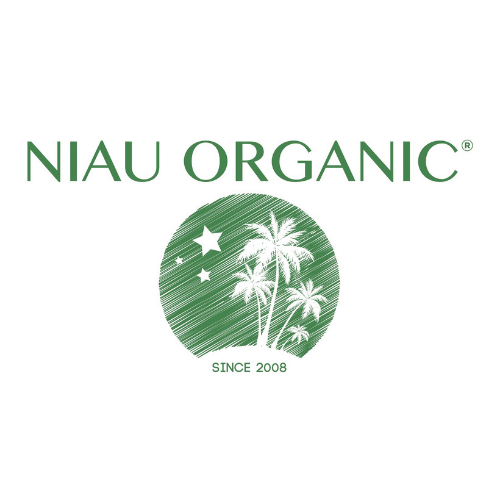
| White sand | |
|
The name of Bora-Bora island, also known as «Pearl of the Pacific» conjures up a myth, a paradise combining the brigh blue lagoons, tropical flora with stunning color and sparkling white sand beaches. Bora-Bora Island has emerged at the end of the Tertiary Era, when a ridge lifted in the bottom of the Pacific Ocean, and created volcanoes, now extinct, which are nowadays the Society Islands. According to the local legends, we believe that Bora Bora was the first island of the Pacific Ocean after Raiatea, hence its name, that should be pronounced Pora-Pora, which means «first born». |
The island, which was originally about 1500 meters high above sea level, has sunk into the sea, leading to an increase in height of coral reefs. These coral reefs can only survive in tropical shallow waters, full of trace elements of any kind (magnesium, potassium, sulfur, silicon, etc.) and in very strict light, temperature and oxygenation conditions. That is how the famous coral reefs surrounding the beautiful Polynesian lagoons have been formed. Over time, the processes of natural erosion due to the ocean movements, are crumbling coral and small shells in ocean bottom. These small particles are stranding on the shores of the island, forming the white fine and clean sand beaches, which are an essential part of the Polynesian dream. |
|
USES Coral was originally used as ornament and decoration. Today, it is used in medicine as we found very interesting applications in bone surgery. From the cosmetic side, this exfoliating sand can be used in creams, oils, gels or balms to clean impurities and beautify the skin. Thanks to its remineralizing properties, the Bora Bora sand regenerates and oxygenates the skin.
|
|







